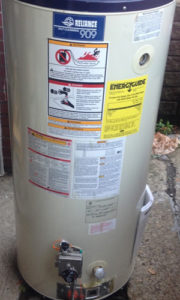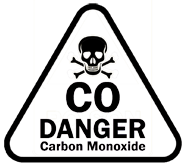Water heater maintenance can help prevent the need to replace your water heater. What if you found out that just by opening a valve on your water heater and merely running cold water through it every two years could make it a lot cleaner and more efficient. Would you like to learn more?
Water heaters
A water heater (or hot water tank) is a pressure vessel that produces and stores a supply of hot water. It heats water by a thermodynamic process, either using natural gas, propane or electric. Water heaters usually last anywhere from six to fifteen years (or even longer) if maintained. They are the second most important appliance in a home or business besides a furnace or boiler.
Water heaters are taken for granted
Usually, a water heater is not paid much attention to after initially being installed. Most people never realize the importance of a water heater until it leaks or breaks down. Because of that lack of maintenance, water heaters need to be replaced much sooner than they would normally last.
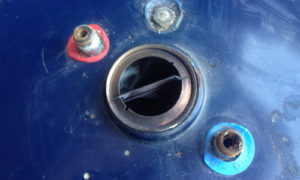
Do you have cloudy hot water?
Does the hot water come out of your faucets white, or cloudy when you take a shower or do the dishes? Do you notice that the hot water runs out “quickly” or just doesn’t last as long as it should? If it does, you may have a build-up of sediment, which can cause heating elements on electric water heaters and burners on gas water heaters to become less efficient.
The excess of sediment causes a water heater to run longer increasing its heating cycles and naturally inflating gas or electric consumption each month.
What is sediment?
Sediment comes from the water supplying water heaters it carries debris such as sand, dirt, rust, etc. Galvanized pipe, older water mains, and private wells will cause sediment build up inside of residential water heaters and storage tanks used for commercial water heaters.
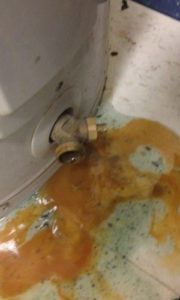
Lime scale…
The white chalky substance that you see in your hot water is lime scale. Besides being unsightly, it will cause malfunction of controls and safety devices. But it’s not a health hazard so don’t worry about getting sick. Limescale is a form of deposit identified as being white in color and generally, just an eye sore.
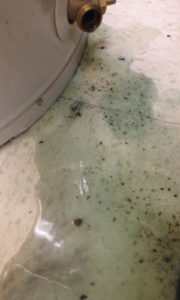
What can you do?
To make sure your water heater is more efficient and clean, you want to do the following thirteen steps:
1.) close the gas supply by turning thermostat to pilot setting, or turn off electric breaker for electric heaters
2.) close cold water valve
3.) open the hot water faucet on any faucet
4.) hook up a hose to drain valve and open it
5.) drain heater completely
6.) turn on cold water valve with drain remaining open
7.) flush out water heater for at least five minutes
8.) close drain
9.) remove the hose
10.) fill water heater up
11.) go to every faucet remove the aerator
12.) open hot side of faucet allowing air to push out of pipes
13.) turn on the gas or electric to the water heater allow a half hour for water to heat up
If you have never performed the maintenance listed, you may have to repeat the process a couple of times so that the built up sediment is flushed out. If the hot water does not clear up when you draw water from the taps, you may need to replace the water heater.
Does this seem complicated?
If you’re unsure about flushing out your water heater or just don’t want to bother with it, don’t worry. Click here and schedule service with Vince, a reliable plumber that will take care of it the first time.


